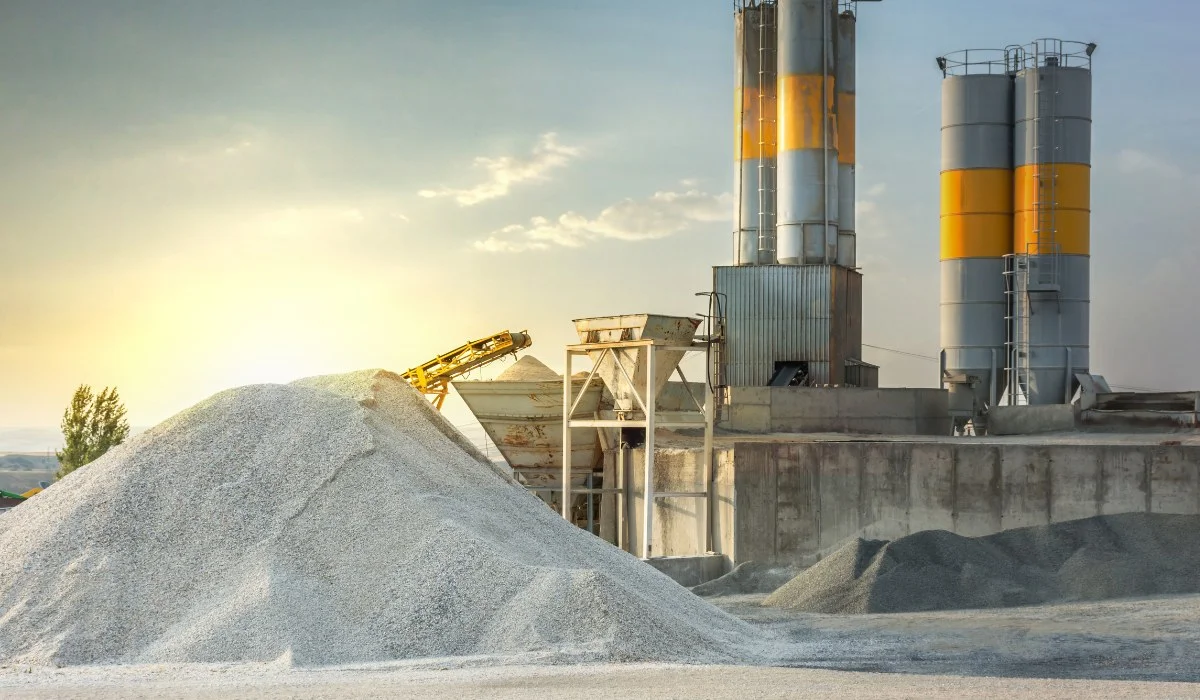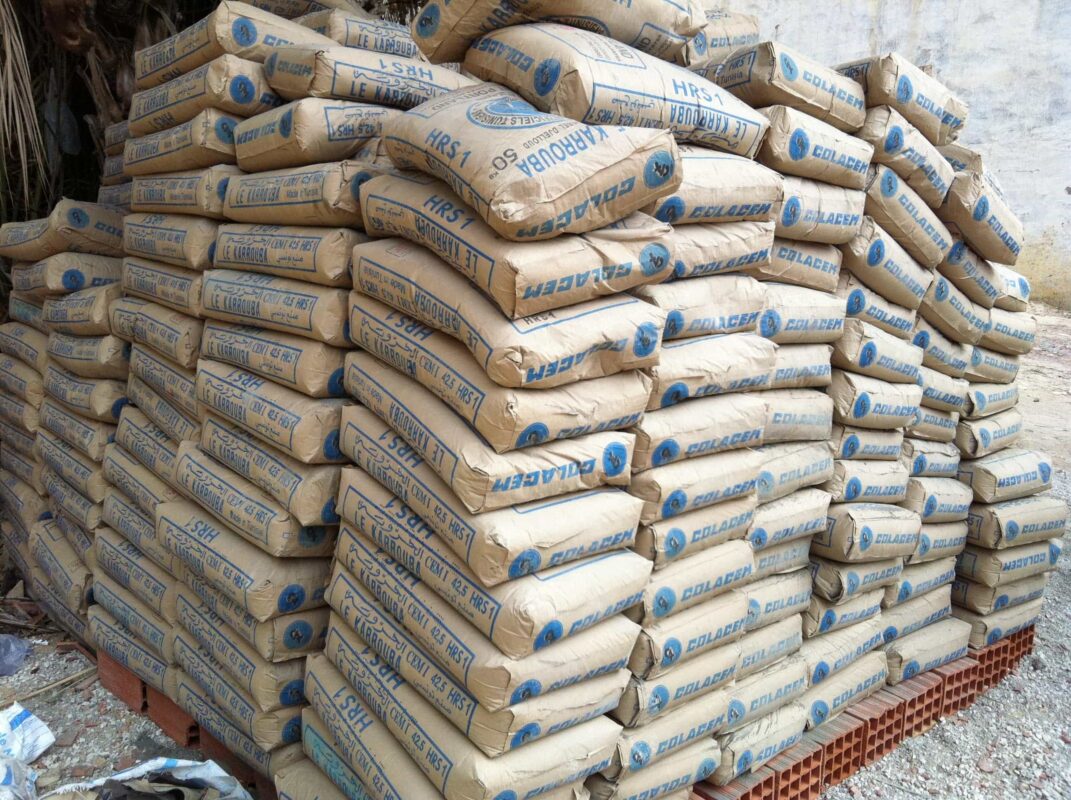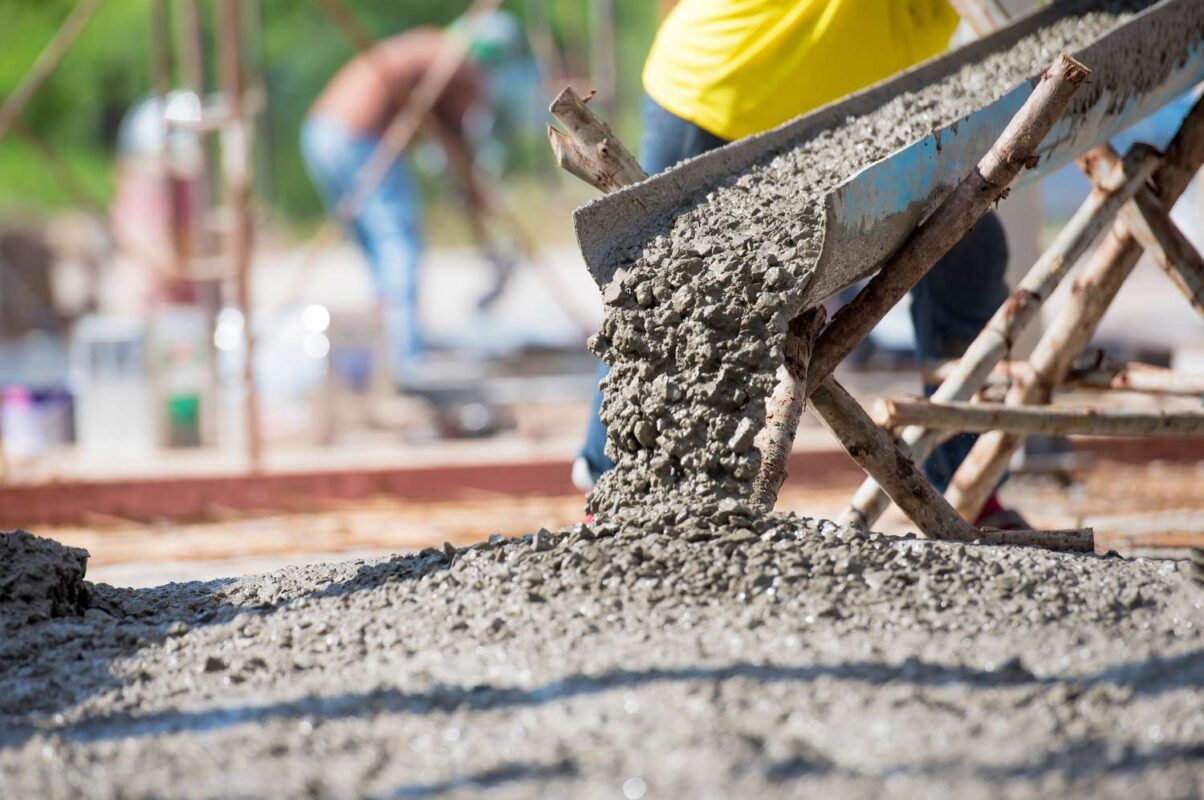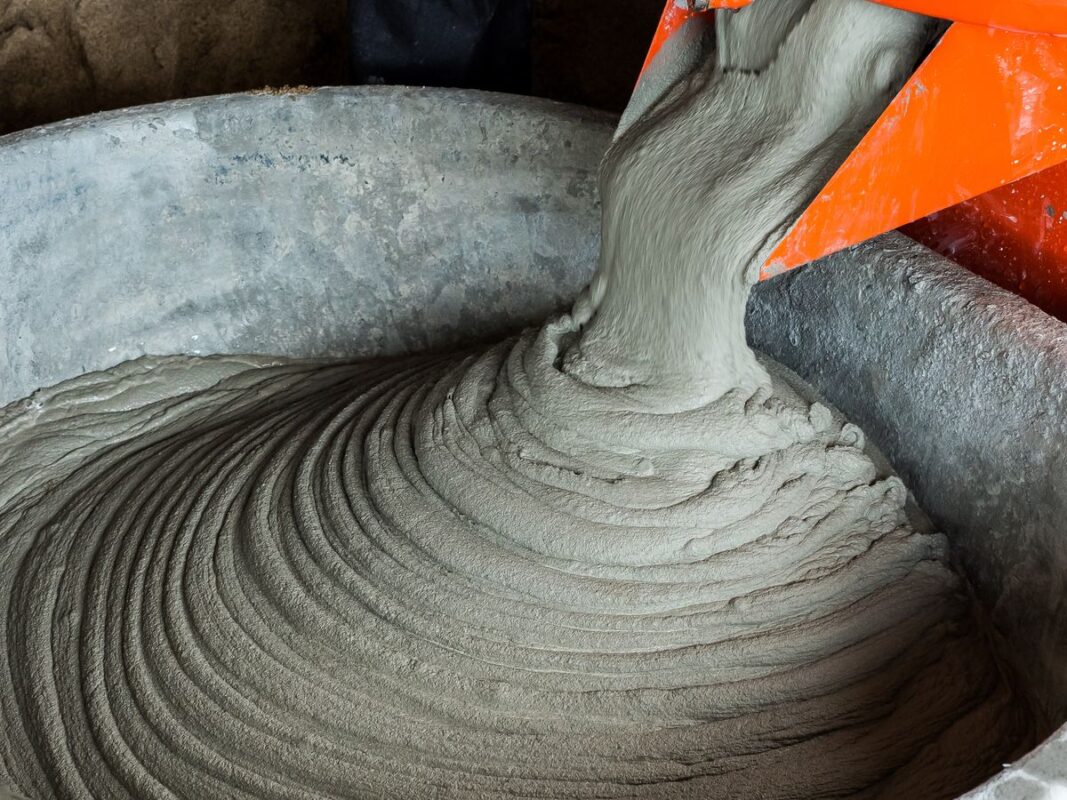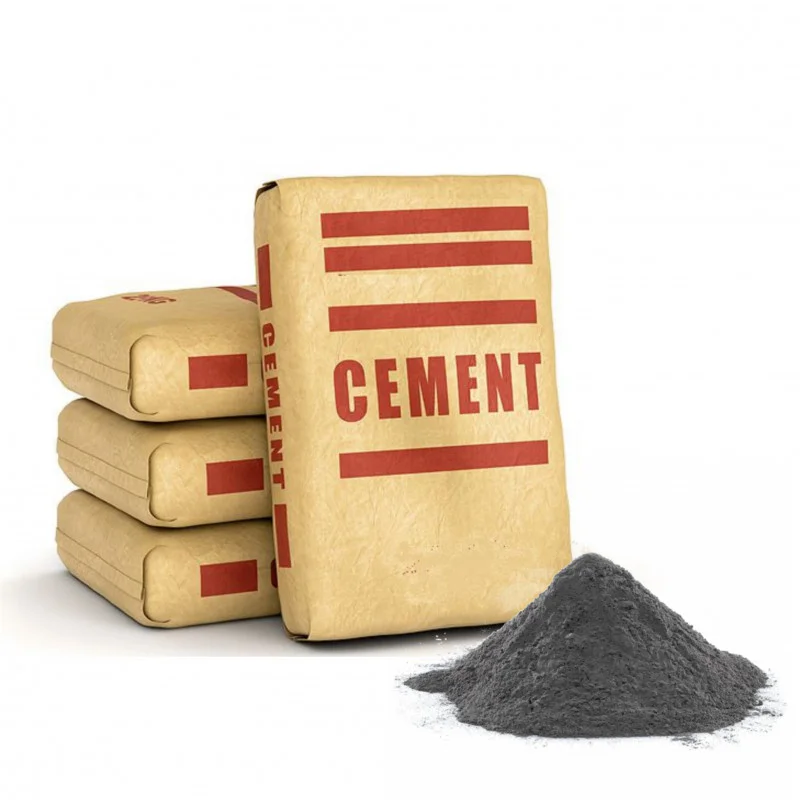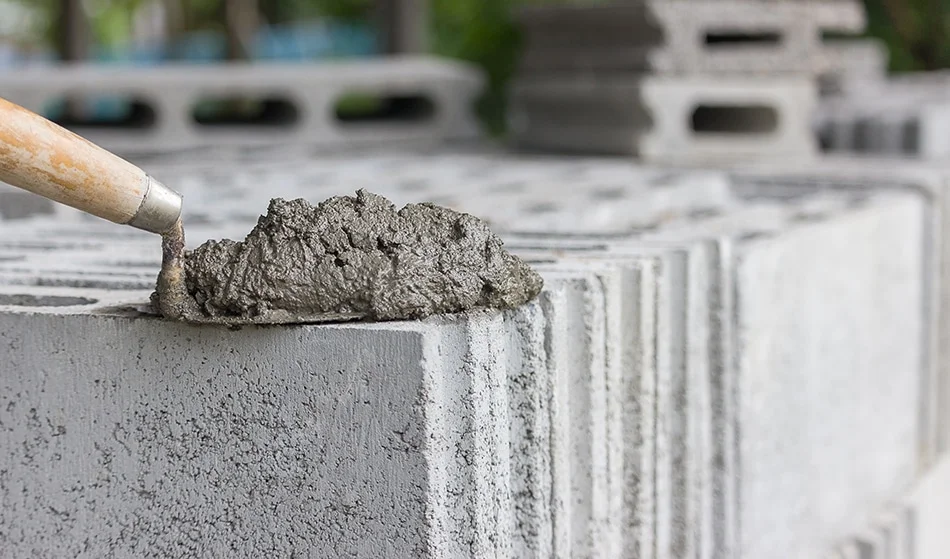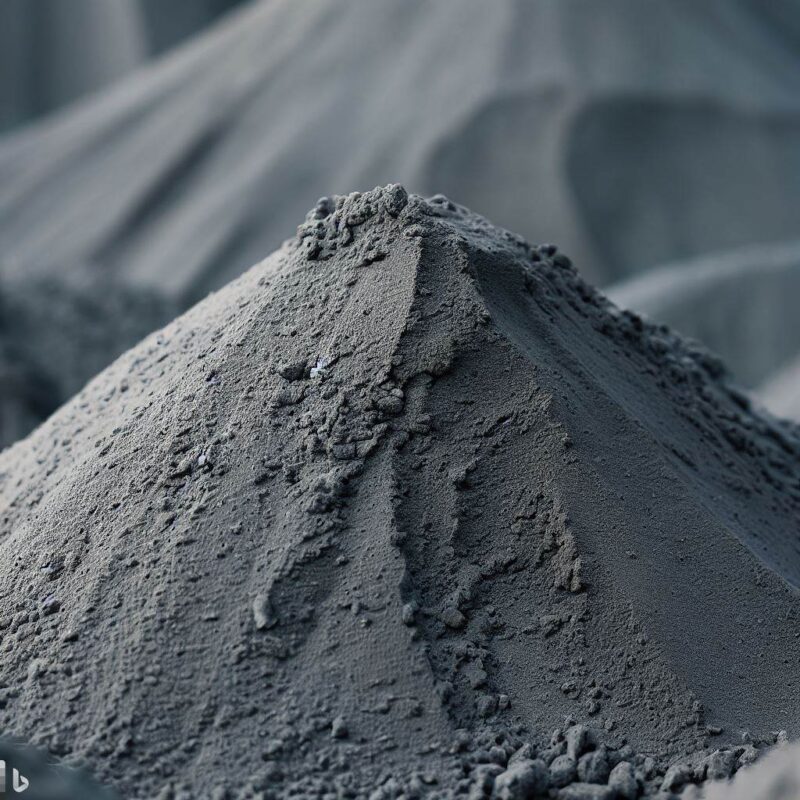Cement is a crucial building material that serves as the binding agent in concrete, mortar, and other construction applications. Here’s an introduction to cement:
Composition and Production: Cement is primarily composed of calcium, silicon, aluminum, and iron, along with other trace elements. The most common type of cement is Portland cement, which is made by finely grinding together limestone, clay, and other minerals, then heating them in a kiln at high temperatures (about 1450°C or 2642°F). This process, known as clinker production, results in the formation of small, grayish balls called clinkers. The clinkers are then ground into a fine powder to produce cement.
Types of Cement: There are several types of cement tailored for specific applications:
- Portland Cement: The most widely used type of cement, suitable for general construction purposes. It comes in different grades such as Type I, Type II, Type III, and Type V, each with specific characteristics like early strength, sulfate resistance, or low heat generation.
- Blended Cement: Blended cement is a mixture of Portland cement and supplementary cementitious materials such as fly ash, slag cement, or silica fume. This type of cement offers improved durability, reduced environmental impact, and enhanced workability.
- White Cement: White cement is similar to Portland cement but contains lower amounts of iron and manganese oxides, resulting in a white or light gray color. It is used for decorative purposes, architectural projects, and specialized applications where aesthetics are important.
- Rapid Hardening Cement: Also known as high-early-strength cement, rapid-hardening cement achieves higher strength in a shorter time compared to Portland cement. It is suitable for projects requiring quick turnaround times, such as road repairs, precast concrete production, and cold weather concreting.
- Low Heat Cement: Low heat cement is designed to generate less heat during hydration, making it suitable for large concrete pours and mass concrete structures. It helps minimize the risk of thermal cracking and internal temperature differentials in the concrete.
